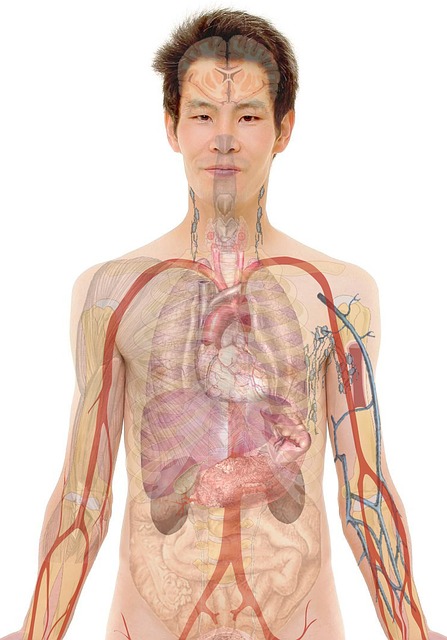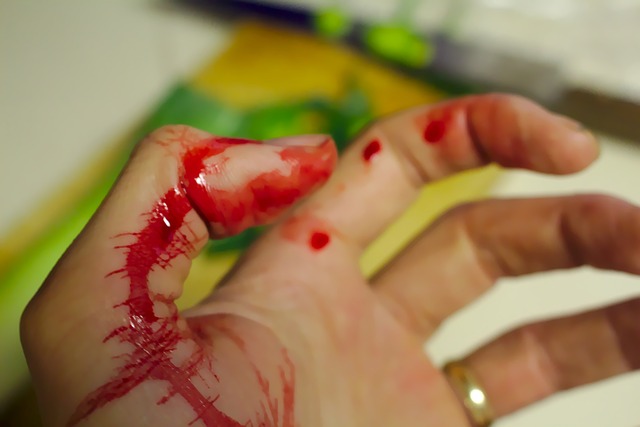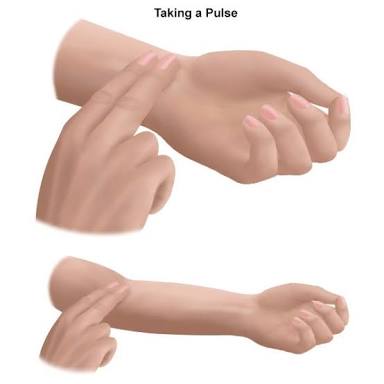Hi steemians! Today im gonna talked about Musculoskeletal injuries and how to properly splint it.

So first what is Musculoskeletal?
This is pain in the muscles, tendons, and ligaments. Both rest and exercise are important for musculoskeletal problems.
Musculoskeletal Injuries: Top 10 Signs and Symptons.
1. Pain or tenderness over the the injury site.

2. Swelling
.jpeg)
3. Deformity

4. Crepitation
.jpeg)
5. Limited Movement
.jpeg)
6. Joint lock into position
.jpeg)
7. Bruising
.jpeg)
8. Bleeding.

9. different body length
.jpeg)
10. Loss of pulse or sensation below the injury site.
.jpeg)
Reason for Splinting
- To limit the motion of bone fragments, bkne ends, or dislocated joints.
- To lessen the damage to muscle, nerves, or blood vessels caused by broken bones.
- To help prevent a closed injury from becoming an open injury.
- To lesse the restriction of blood flows caused by bone ends or dislocation .compressing blood vessels.
- To reduce bleeding resulting from tissue damage cause by bone ends.
- To reduce pain associated with the movement of the bone and the joint.
- To reduce the risk of paralysis due to a damage spine.
.jpg)
Source
Hazard of improper splinting

- The compression of the nerves, tissue, and blood vessels from the splint.
- A delay in transport of a patient with a life threatening injury.
- Distal circulation that is reduced because of the splints being applied too tightly to the extremity.
- Aggravating the musculoskeletal injury.
- Causing or agrravating the tissue, nerve , vessel, or ,uscle damage from excessive bone or joint movement.
General rules of splinting
Follow these general guidelines when splinting a musculoskeletal injury.

- The patient should not be moved before splintimg unless he is in danger.
- If possible, remove or cut away clothing to expose the injury. Remove jewelry from the injured area.
- Asses pulses, movement, and sensation distal to the injury before and after applying a splint. You may find it helpful to lightly mark the pulse location with a pen to save time when rechecking pulses.
- Cover open wounds with a sterile dressing.
- Before applying a rigid or semi-regid splint, pad it to reduce patient discomfort caused by pressure, especially around bony areas.
- Splint the are aboveand below the injury. if a bone is i jured, immobolize the joint above and belowthe injury. If a joint is i jured, immobolize the bone above and below the injury.
- Before splinting an injured hand or foot, place it in the position of function. Do not place the hand or foot in a position of function if you find it an abnormal position and meet resistance or causepain when you attempt to place it in the position of function.
- Pad the hollow areas (voids) between the splint and extremity.
- Do not intentionally replace protruding bones. During the splinting process, bone ends may be drawn back into the wound. This is to be expected and is acceptable.
- Avoid excessive movement of the injured area when applying a splint.
- When securing the splint to the injured area, avoid placing ties or straps directly over the injury.
- Splint injury before moving the patient unless he is i danger or life-threatening condition exist.
- When in doubt about whether a musculoskeletal injury is present, splint the injury
- If the patient show signs of shock, align him in the anatomical position on a long board.
Warning signs that splint is too tight

- The patient's fingers or toes become cold to the touch in the splinted extermity.
- The patient's finger or toes begin to turn pale or blue in the splinted extremity.
- The patient's is unable to move fingers or toes in the splinted extremity.
- The patient's experience increase pain in the splinted extremity.
- The patient's experiences increased swelling below the splint.
- The patient complains of numbness or tingling in the extremity.
- The patient complains of burning or stinging in the splinted extremity.
